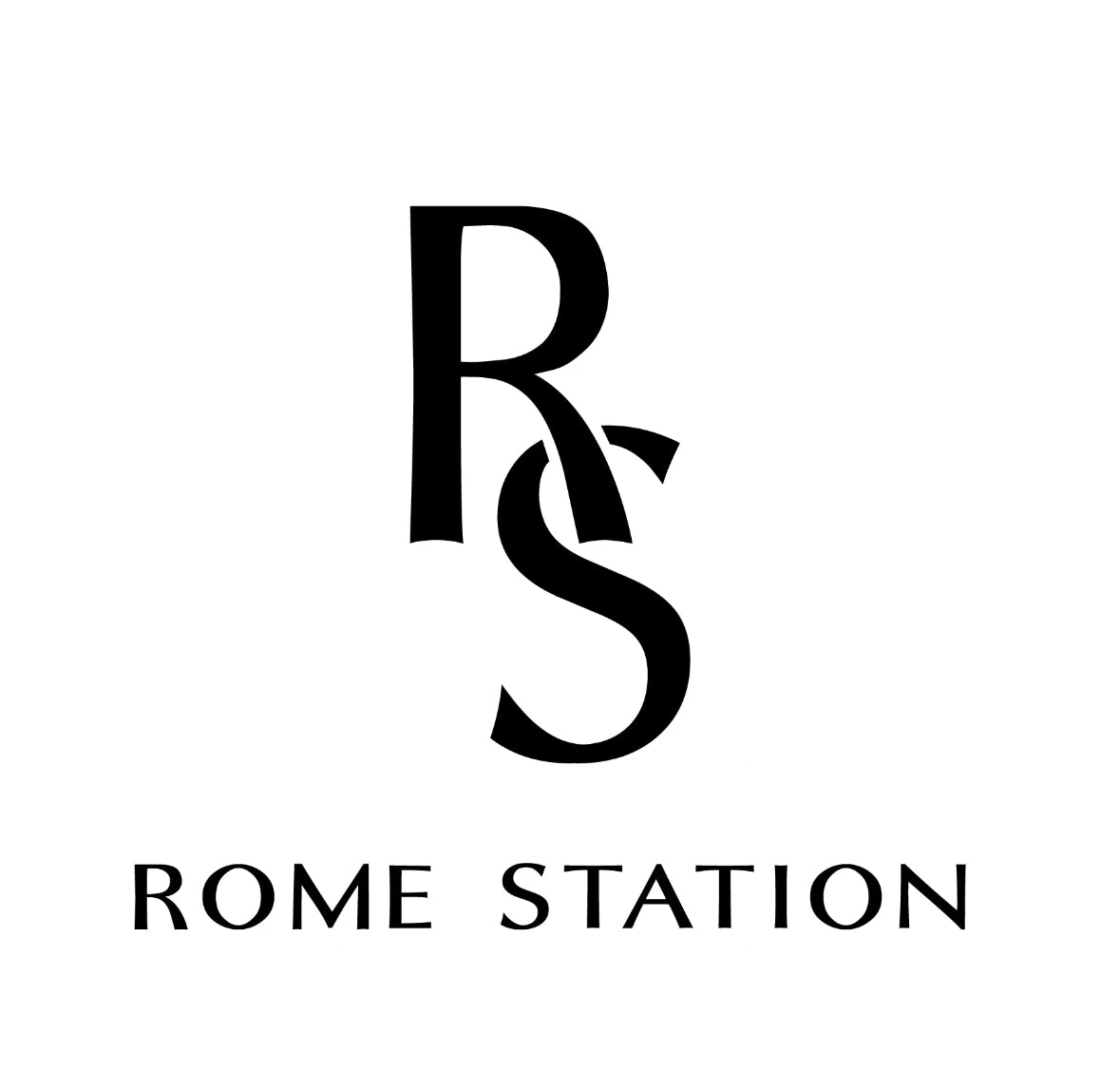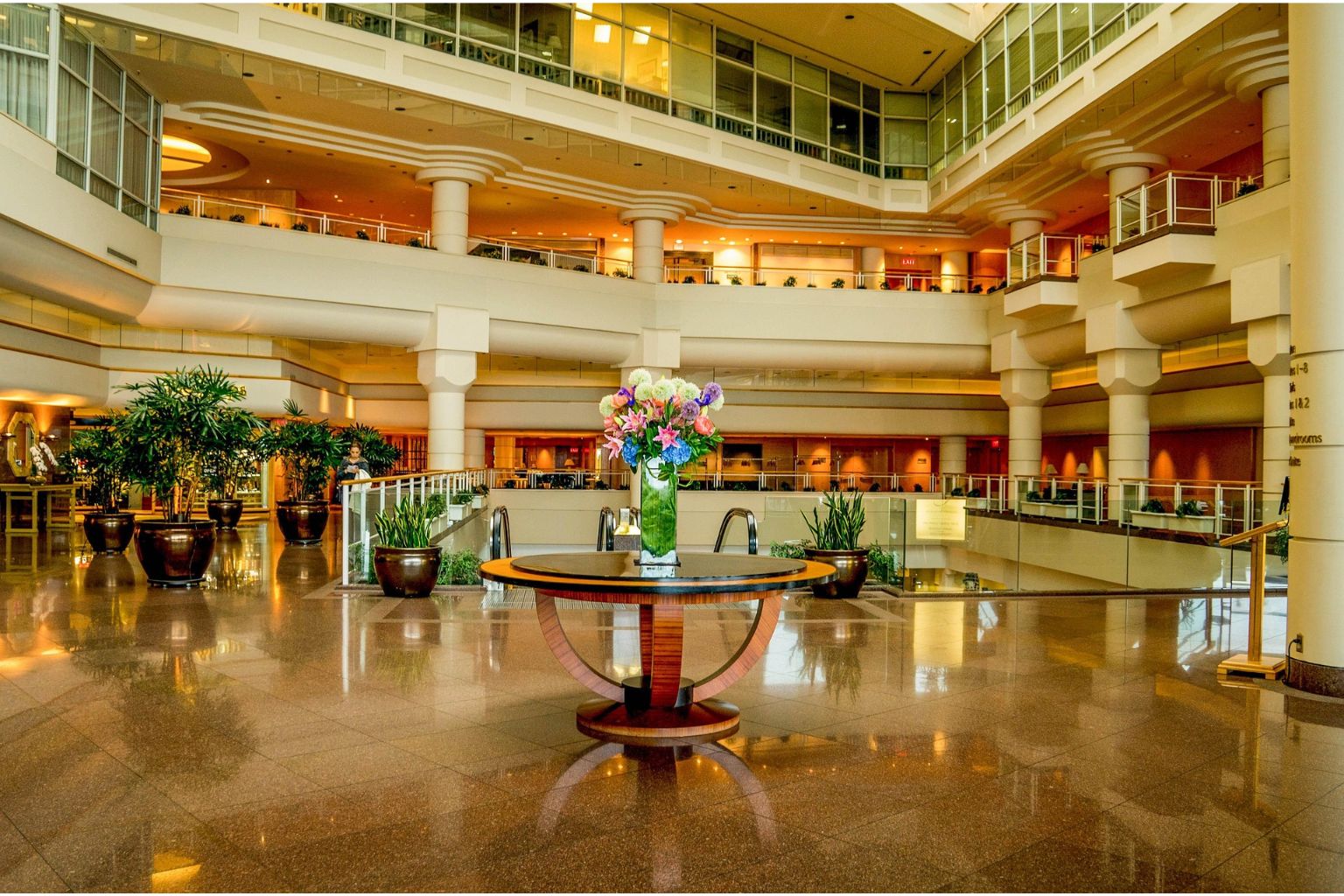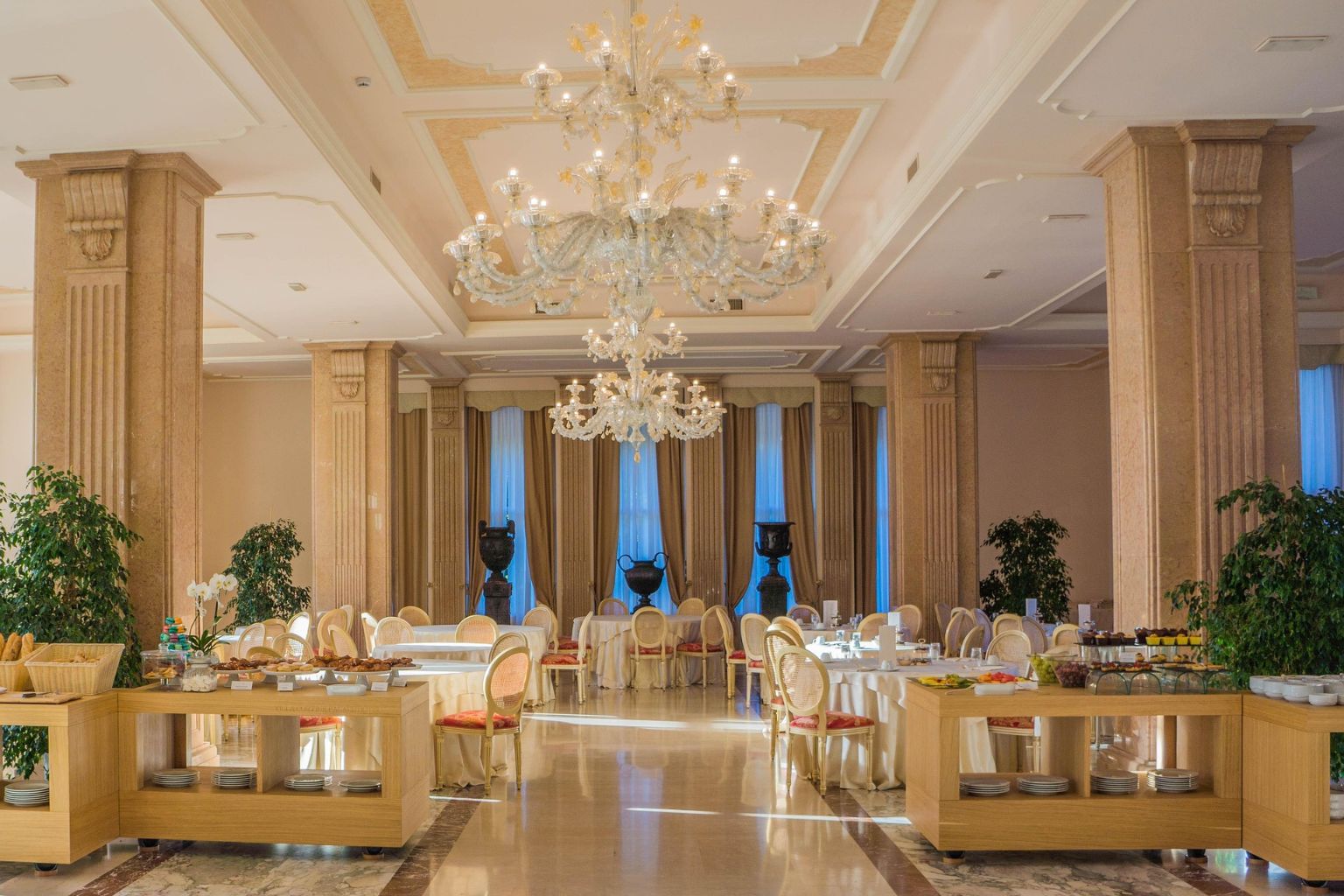
Humidity & Mold: Prevention Strategies for Coastal Cities
Check out our Hermès collection and Birkin bags!
Living in stunning coastal cities means gorgeous ocean views and that coveted seaside lifestyle we all dream about. But there's a less glamorous reality that comes with all that ocean-adjacent luxury: humidity levels between 50 to 80% year-round create perfect conditions for mould growth in our beautiful homes.
Just like we wouldn't skimp on protecting a prized Hermès collection from moisture damage, our homes deserve the same level of care and attention.
From understanding why that salty ocean air wreaks havoc on our homes to implementing daily routines that keep moisture at bay, there are proven methods to maintain that pristine living environment we work so hard to create.
Key Takeaways
- Coastal humidity creates ideal mould conditions, but keeping indoor levels below 50% helps prevent growth
- Smart ventilation upgrades and mould-resistant materials go a long way toward protecting your home
- Regular maintenance and monitoring keep your coastal property mould-free through the seasons
Understanding Humidity and Mold Risk in Coastal Cities
Coastal cities present unique environmental challenges that create perfect breeding grounds for mold spores, especially in homes where we've invested in premium materials and finishes. Salt air, high moisture levels, and microclimates put our cherished spaces at greater risk than inland properties.
Unique Challenges of Humid Climates
Living in coastal cities, we're dealing with humidity levels between 50 to 80% year-round. It's not just uncomfortable, it can become a mold nightmare.
The ocean acts like a massive humidifier, constantly pumping moisture into the air. Unlike inland areas where humidity comes and goes, we get relentless moisture that never really lets up.
Salt air makes things worse by corroding building materials, opening up tiny entry points for moisture. Our luxury finishes, from imported marble to custom millwork, take a beating in this environment.
| Challenge | Impact on Luxury Homes |
|---|---|
| Constant humidity | Warped wood, damaged leather, fabric deterioration |
| Salt corrosion | Compromised seals, metal fixture damage |
| Storm exposure | Water intrusion through premium materials |
Storm seasons pile on more moisture. Heavy rains and wind-driven water can sneak past even the best weather barriers, leaving hidden damp spots behind walls and under floors.
How Mold Thrives in Humid Environments
Mold spores need moisture, warmth, and organic material. Coastal cities deliver all three, making our homes prime targets for fungal squatters.
When humidity levels go above 60%, mold spores start germinating in just a day or two. At 70% humidity, pretty standard on the coast, mold growth speeds up fast.
The warm temps we enjoy all year? Perfect for mold. It loves 20 to 30°C, which is pretty much our everyday climate.
Organic materials in luxury homes feed mold. Hardwood floors, leather furniture, silk wallpaper, and natural fibre rugs all serve as a buffet for mold colonies.
Humid air slows down evaporation. Once moisture gets inside, it lingers, giving mold more time to get comfortable and multiply.
Most Vulnerable Areas in Luxury Homes
Bathrooms with marble and natural stone are at the top of the vulnerability list. These gorgeous materials can trap moisture in tiny pores and grout lines.
Wine cellars and climate-controlled storage areas bring their own headaches. Temperature differences between cooling systems and humid outside air cause condensation on walls and stored treasures.
Master bedroom suites with ensuite bathrooms get hit with migrating humidity. Steam from those luxury showers finds its way into bedroom closets, threatening expensive clothing and accessories.
| High-Risk Areas | Why They're Vulnerable |
|---|---|
| Walk-in closets | Poor ventilation, organic materials |
| Home spas | Constant moisture, warm temperatures |
| Art storage rooms | Climate control failures, valuable contents |
Basement wine storage and entertainment areas sit below ground, where soil moisture adds to the atmospheric humidity. Even waterproofed basements can let moisture sneak in through the foundation.
HVAC systems in luxury homes sometimes create microclimates with different humidity levels. Rooms with poor air circulation trap moisture, while over-conditioned spaces can cause condensation when humid air enters.
Essential Tools for Preventing Mold Growth
When protecting our luxury coastal properties, we need precise instruments and systems to keep humidity in check and mold at bay.
Using Dehumidifiers Effectively
A good dehumidifier is our first line of defense against excess moisture. Choose units with the right capacity for your space, usually 30 to 50 pints per day for standard living areas.
Place dehumidifiers in central spots, away from walls and furniture, to help air circulate. Basements, bathrooms, and walk-in closets with designer collections need special attention.
Optimal Settings:
- Target humidity: 30 to 50%
- Continuous drainage if possible
- Auto-restart for power outages
Look for units with built-in hygrometers for accurate readings. Empty the tank daily or set up permanent drainage so you don't risk overflow near valuable furnishings or art.
Energy-efficient models with Energy Star ratings help cut operating costs while keeping your investments safe from moisture.
The Power of Hygrometers
Digital hygrometers give us precise humidity readings so we can make smart decisions about our indoor environment. They're affordable, and you should place them in rooms where you store valuables.
Key Placement Areas:
- Master bedrooms and walk-in wardrobes
- Wine cellars and art storage rooms
- Basements and attics
- Bathrooms and laundry areas
Keep readings between 30 to 50% humidity for comfort and mold prevention. Wireless models with smartphone apps make it easy to check multiple rooms from anywhere.
Calibrate hygrometers monthly with the salt test. Put the device in a sealed container with a saturated salt solution, it should read 75% after 6 hours.
Ventilation and Exhaust Fan Strategies
Good ventilation pulls humid air out before it causes trouble. Run bathroom exhaust fans for 30 minutes after showering to clear out moisture.
Kitchen range hoods vented outdoors keep cooking moisture from spreading. Skip recirculating models that just filter air, they don't remove humidity.
Ventilation Priorities:
- Bathroom fans: 1 CFM per square foot at least
- Kitchen exhaust: 100 to 300 CFM depending on cooktop size
- Whole-house fans for breezy days
Change HVAC filters regularly and get professional maintenance. Adding UV lights to air handlers kills mold spores before they circulate.
Basement and crawl space ventilation stops moisture from building up and affecting your whole house.
Mould-Resistant Materials and Modern Solutions
Coastal homes need premium building materials that stand up to high humidity without sacrificing style. Modern mould-resistant solutions blend advanced antimicrobial tech with good design.
Upgrading to Mould-Resistant Drywall
Invest in high-quality mould-resistant drywall for coastal properties. Unlike standard drywall with paper backing, the best options use inorganic materials like fiberglass and gypsum board.
Blue board drywall offers superior moisture resistance with its treated coating. It handles high humidity, making it ideal for bathrooms and basements.
Green board drywall has water resistance but still uses paper facing. It's cheaper, but not as effective as blue board since mold can grow on the paper.
For ultimate protection, go for fully inorganic drywall systems. These materials ditch organic components completely, leaving mold nowhere to latch on.
Professional installers seal and ventilate everything properly. Skilled contractors pay attention to details, building barriers that keep your home pristine and protected.
Choosing the Right Flooring and Paint
Luxury mould-resistant flooring can look great and work hard. Porcelain tiles top the list, fired at high temps, they're dense and moisture-resistant.
High-end ceramic tiles also repel water well with their non-porous surfaces. They keep mold spores from getting a foothold and still look sophisticated.
Premium vinyl is a cost-effective option if installed right. Good installation keeps gaps to a minimum so moisture can't sneak beneath.
Mould-resistant paints have antimicrobial agents that block growth on walls and ceilings. Use these special formulas in kitchens, bathrooms, and laundry rooms.
Acrylic latex caulk with fungicides gives long-lasting protection around fixtures and joints, using enzymes to stop mold-feeding oils from forming.
Innovative Building Materials for Coastal Homes
Smart building materials are changing the game. Self-monitoring systems spot moisture changes and temperature swings before they become a problem.
Nanotechnology coatings use antimicrobial nanoparticles that keep releasing protective agents. These high-tech solutions create invisible barriers against mold.
Treated lumber with anti-mold chemicals protects structural elements. GREENGUARD-certified options keep chemical emissions low for healthier air.
Fiberglass insulation with EPA-approved fungicides adds natural mold resistance. Some brands go further with extra antimicrobial layers for humid spaces.
Hydrophilic materials create self-cleaning surfaces that attract water and wash away debris. These innovations cut down on maintenance and keep mold from settling in.
Daily and Seasonal Mold Prevention Routines
Daily habits and seasonal maintenance form the backbone of mold prevention in coastal homes. It all comes down to moisture control, quick leak response, and keeping air moving.
Managing Wet Fabrics and Surfaces
Luxury fabrics and high-end furnishings need special care in humid climates. Don't leave wet towels, swimwear, or clothes in hampers or on surfaces for more than a few hours.
Get in the habit of drying items right after beach trips or pool time. Hang things up in well-ventilated spots or use heated towel rails.
Weekly fabric care should include rotating cushions and throws to prevent moisture buildup. Check behind drapes and upholstery for dampness, especially near ocean-facing windows.
Your cashmere throws and silk pillows need good airflow. Use moisture-wicking storage bags for off-season items and cedar blocks to naturally keep moisture, and moths, away from your investment pieces.
Kitchen and bathroom surfaces need a quick wipe after use. Clean marble counters, luxury fixtures, and tile grout daily with microfiber cloths to avoid water spots and mold.
Promptly Fixing Leaks in the Home
Luxury homes need fast leak response to protect finishes and stop mold before it starts. Check plumbing fixtures weekly, look around statement tubs, rainfall showers, and wine cellars.
Daily checks should include peeking under kitchen sinks, near dishwashers, and behind refrigerators with ice makers. Watch for water stains on ceilings or walls, especially after storms.
Seasonal inspections should cover roof condition, gutters, and window seals. Salt air wears down seals on custom windows and doors faster than you might expect.
Professional maintenance means quarterly HVAC checkups and annual roof inspections. Keep emergency contacts handy, contractors familiar with luxury homes are worth their weight in gold.
Keep records and take photos if you spot water damage. Documentation helps with insurance and tracks repairs for future reference.
Luxury Home Air Circulation Best Practices
High-end HVAC systems need regular upkeep to keep mold at bay and comfort levels high. Change filters monthly during humid months, every two months otherwise.
Smart home tech lets you monitor humidity remotely. Set up alerts if levels climb over 50% so you can kick on dehumidifiers right away.
Ceiling fans in luxury spaces should run counterclockwise in summer for cooling, and clockwise on low in winter to circulate warm air gently.
Wine cellars and art storage deserve dedicated climate control with backup power. Monitor these areas daily, temperature swings can cause condensation and mold.
Natural ventilation works best during low-humidity times, usually early mornings. Open windows for cross-breezes when ocean winds are mild, not during storms.
Monitoring and Maintaining Ideal Indoor Humidity
Keeping humidity between 30% and 50% takes the right tools and a bit of vigilance. With well-placed hygrometers and smart tech, you can turn your coastal home into an environment as controlled as any high-end boutique.
Setting Your Humidity Levels Like a Pro
Treat humidity control like curating a collection. The sweet spot is 30% to 50% relative humidity.
Below 30%, skin dries out and wood can crack. Above 50%, mold starts feeling right at home.
Coastal cities are tricky. The ocean keeps baseline humidity higher, and weather patterns make it swing.
Aim for these zones by room:
- Living areas: 40 to 45%
- Bedrooms: 35 to 40%
- Basements: 30 to 35%
- Bathrooms: 45 to 50% (after ventilation)
Run dehumidifiers if levels go over 50%. In dry months, humidifiers can keep things from dropping too low.
Pro tip: Check humidity twice a day during seasonal changes, morning and evening readings show the full daily swing.
Where and How to Use Hygrometers
We use hygrometers like we’d set up security cameras in a high-end boutique, placement matters if you want the whole picture. The right spots tell us the real moisture story at home.
Key locations:
- Main living spaces, about eye level
- Basement corners, but not near heat
- Next to windows that fog up
- Any room with lots of moisture (bathrooms, laundry)
Digital hygrometers with memory let us track daily highs and lows, so we can notice patterns before they turn into headaches.
Keep these devices away from heating vents, direct sun, or exterior walls. Otherwise, you’ll get readings that just don’t reflect what’s really happening.
Calibration is important. Do a salt test once a year to make sure your readings are accurate. If the numbers are off, the whole moisture control plan falls apart.
Smart Home Tech for Moisture Control
Smart humidity sensors connect to our phones, kind of like a personal shopper for your air. They ping us when humidity drifts out of range.
Wi-Fi hygrometers send real-time data to apps. Some even link up with home automation to kick on dehumidifiers automatically.
Smart dehumidifiers adjust themselves based on what’s happening in the room. They learn our preferences, tweak their energy use, and keep humidity right where we want it.
Whole-home systems cover multiple zones at once. Sure, they’re pricey, but you get coverage like a top-notch alarm system.
Voice assistants can tell us the humidity on command. Some smart thermostats even include built-in sensors and controls.
We can set up custom alerts for different rooms and times. Suddenly, managing humidity feels less like a chore and more like a modern convenience.
Professional Solutions for Mold Problems
When coastal humidity threatens our investments, professional mold remediation becomes as necessary as proper handbag storage. Expert inspections and aftercare protect both our health and property value in a way DIY just can’t.
When to Call in Mold Remediation Experts
Bring in the pros if mold covers more than 10 square feet or shows up in your HVAC system. Dark “tide line” stains on walls mean you’ve got salt and moisture sneaking in, this needs serious equipment.
Critical warning signs:
- Rusty HVAC vents (could mean mold in the ducts)
- Mold that comes back after you clean
- Musty smells with no obvious source
- Health issues like coughs or headaches that won’t quit
Pros use industrial dehumidifiers and HEPA filters to get rid of spores. They’re also good at finding hidden sources of moisture that keep causing trouble.
Marine-grade treatments and elastomeric sealants really need professional application. Consumer stuff just won’t cut it for long-term protection.
Regular Mold Inspections for High-End Properties
Quarterly inspections can save luxury coastal homes from hidden mold disasters. Yes, these checks run $300 to 800, but they prevent massive repair bills and keep property values intact.
Top inspection priorities:
| Area | Risk Level | Inspection Focus |
|---|---|---|
| Basements/Crawl spaces | Highest | Moisture meters, air sampling |
| Bathrooms/Kitchens | High | Behind fixtures, ventilation check |
| Closets/Storage | Medium | Dead air spots, humidity levels |
Inspectors use thermal cameras to spot moisture behind walls before mold shows up. They also test air quality and look for humidity patterns unique to coastal climates.
A yearly HVAC cleaning keeps mold spores from blowing through the house. It’s $200 to 400, but it keeps the air as fresh as you’d expect in a luxury space.
Aftercare: Returning Home to a Mold-Free Oasis
After remediation, teams provide aftercare plans with humidity monitoring and upkeep tips. You’ll get written protocols tailored to your coastal spot, so you know how to prevent future problems.
They’ll do post-remediation air testing to make sure the mold’s really gone before you move back in. This last check keeps you safe and ensures you get what you paid for.
Aftercare essentials:
- Humidity control systems tuned to your climate
- Marine-grade sealants at vulnerable points
- Ventilation upgrades for salty air
Teams also give you emergency contacts for fast help if moisture pops up again. It’s a little extra peace of mind for your coastal retreat.
Frequently Asked Questions
Coastal life brings its own set of challenges. Here are answers to some of the most pressing questions about keeping luxury homes immaculate and mold-free.
How can you elegantly manage indoor air quality to combat mold growth in your seaside abode?
Install a whole-house dehumidification system that hums along quietly in the background. These units keep humidity between 30 to 50% without messing up your home’s look.
High-end HEPA filters can hide inside custom cabinetry. They quietly clean the air, catching mold spores and salty particles drifting in from the ocean.
Smart home integration means you can check air quality with hidden sensors. The system adjusts humidity and ventilation automatically, based on what’s happening right now.
What are the top-tier strategies for ensuring your luxury coastal property remains pristine and mold-free?
Schedule professional inspections every six months, think of it as maintenance for your investment, like sending your favorite bag for a tune-up.
Install moisture detectors in out-of-sight spots like wall cavities and basements. You’ll get alerts as soon as conditions get mold-friendly.
Seal up every possible entry point with premium weatherproofing, including marine-grade sealants around windows and doors to resist salt air.
In the realm of high-end real estate, what are the most effective materials and design choices to prevent humidity damage?
Venetian plaster and lime-based finishes shrug off moisture and still look fantastic. They even develop character with time and humidity.
Closed-cell spray foam insulation stops condensation inside walls. It forms a tight barrier that keeps moisture out, period.
Natural stone floors like travertine or marble handle humidity way better than hardwood. If you seal them right, they’ll look great for decades by the sea.
Could you share some exclusive tips on how to seamlessly integrate dehumidifying tech into chic interior designs?
Custom cabinetry can hide dehumidifiers in laundry rooms or utility spaces. You get the function, but the units stay out of sight.
Decorative air return grilles in bronze or brass can match your style, they become a feature, not an eyesore.
Install humidity-controlled display cases for art and collectibles. These museum-quality setups protect your treasures while keeping them visible.
What's the secret to maintaining those lush, designer fabrics and furniture against the relentless seaside moisture?
Performance fabrics now come in luxury textures that don’t mind a little moisture. They look like silk or linen but are way tougher.
Get regular professional cleaning with anti-microbial treatments for natural fibers. We usually book deep cleaning for upholstery and drapes every quarter to keep mold at bay.
Store seasonal pieces in climate-controlled spaces. It’s like sending your Hermès throws and cashmere cushions to a spa between uses.
For the crème de la crème of ventilation systems, which ones blend opulence with outstanding humidity control?
Energy recovery ventilators run so quietly you might forget they’re there, and the hidden installation doesn’t spoil your space. These European systems really shine in humid climates, keeping things comfortable indoors without fuss.
Fans built tough, like commercial-grade tough, but designed for homes. We usually put a few around the house to keep moisture under control everywhere, not just in one spot.
Heat recovery ventilation systems use the outgoing air to pre-condition the fresh air coming in. It’s a smart way to keep things just right inside your oceanfront place, and honestly, you’ll probably notice lower energy bills too.




